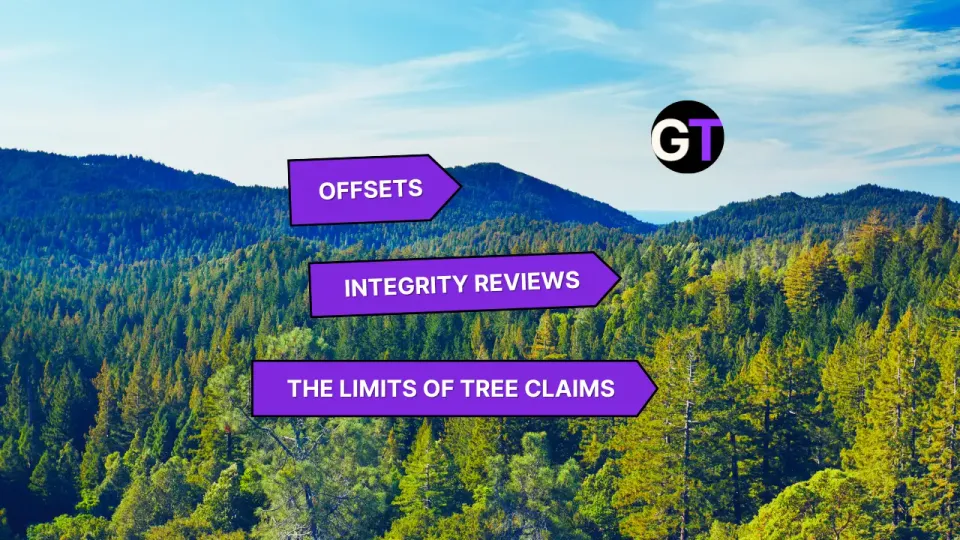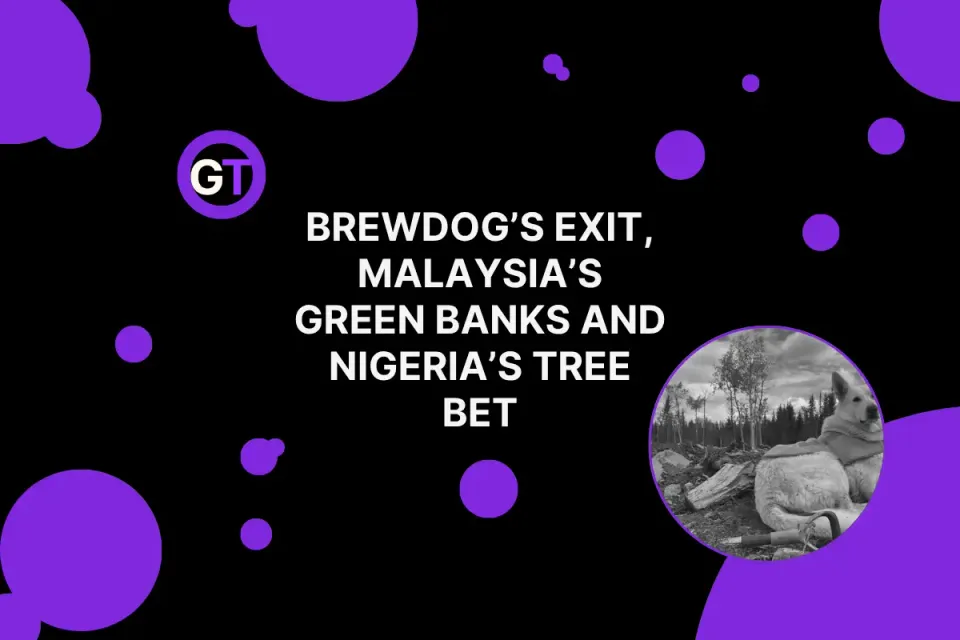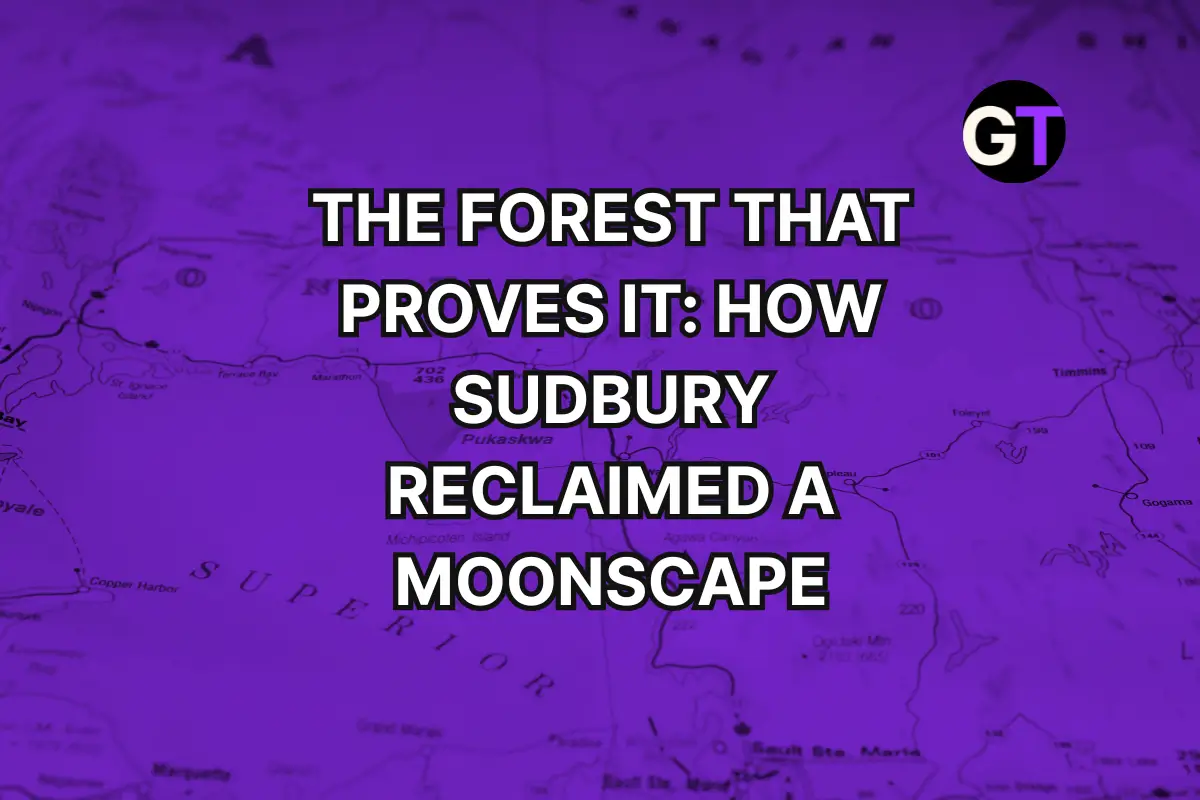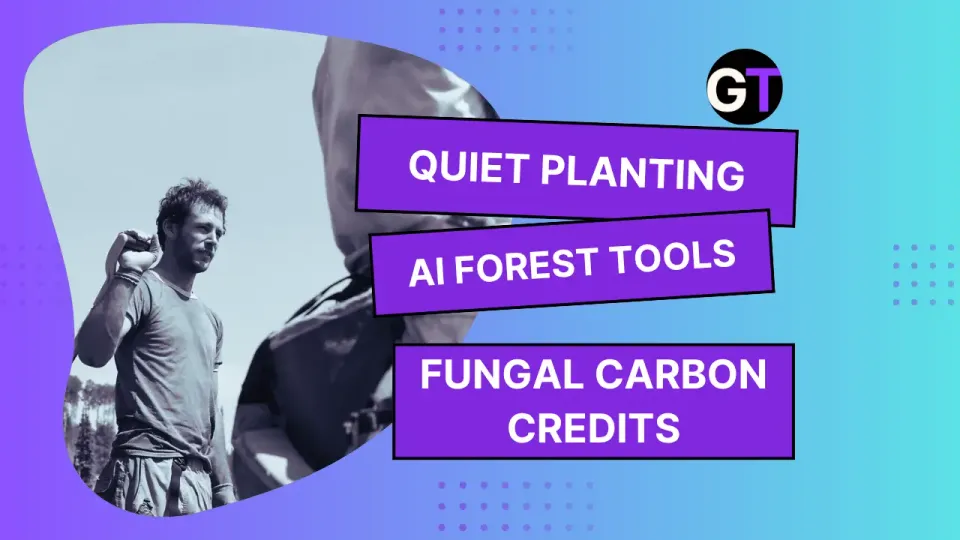This Week In Forest Finance February 13
Reforestation scales globally: Indigenous-led funds like Nusantara and IPAS, Hudson Valley grants, and Brazil’s Ambipar partnership.

Green Success Stories: Scaling Tree-Planting with One Tree Planted
Join a March 13 webinar featuring reforestation leaders One Tree Planted, Growing Trees Network, Plantăm fapte bune în România, and My Forest Armenia. Discover how these organizations are scaling up tree-planting impact, restoring ecosystems, and leveraging funding opportunities to combat climate change. We're excited to see what they have to say!
Will you be tuning in to grow your tree-planting knowledge?
👉👉 Register for the event here.
Mast Reforestation Bags $25M to Bury Biomass—and Carbon—While Restoring Forests
Mast Reforestation just raised $25 million in Series B funding to boost its biomass burial projects—an innovative carbon removal strategy that involves burying biomass while restoring wildfire-ravaged forests. Based in Seattle, Mast operates two of the largest wild tree seed and seedling nurseries in the West and is launching its first biomass burial project in Montana. The goal? Suck up carbon, help forests recover, and reduce future wildfire risks all at once.
Are carbon removal solutions like this the future of climate action?
👉👉 Read more in FinSMEs.com
Washington’s Big Green Plans: $5.5M Boost for Tree Nursery, $10M for Wildfire Recovery
Washington’s 2025–2035 capital plan is planting serious cash—$5.59 million—into expanding the Webster Forest Nursery, doubling its seedling production to meet rising demand for reforestation and climate resilience efforts. Oh, and there’s another $10 million on deck for wildfire restoration itself, because in Washington, fighting climate change means bringing in reinforcements—aka a lot of baby trees. These are great steps in our view.
But will these investments be enough to keep pace with the growing challenges of climate change?
👉👉 Read more from the Washington Department of Natural Resources
Indigenous Communities Lead the Future of Climate Funding
Indigenous Peoples and Local Communities (IP and LCs) protect over a third of the world’s forests but receive less than 1% of climate funding. To change that, global funders pledged $1.7 billion to support land rights and forest conservation.
Community-led funds like the Indigenous Peoples of Asia Solidarity Fund (IPAS), Mesoamerican Territorial Fund, Brazil’s Network of Community Funds, and Indonesia’s Nusantara Fund give local communities control over funding for reforestation and sustainable livelihoods. Their work is key to preserving ecosystems and advancing climate justice.
Could this model reshape global climate funding?
👉👉Read more about these streams from The Ford Foundation
$450K Awarded for Reforestation and Pollinator Projects in Hudson Valley
Partners for Climate Action (PCA) has awarded $450,000 in ecological restoration grants to support 23 projects across six Hudson Valley counties. The funding focuses on forest health and native pollinator habitats, two key ecological priorities for the region.
Several recipients, including Black Rock Forest and Hawthorne Valley, will lead reforestation efforts, while others like Kite’s Nest in Hudson will create pollinator-friendly spaces. Nearly 60% of the funding will benefit New York State-designated disadvantaged communities, ensuring broad regional impact. Pretty cool stuff!
How can reforestation and pollinator habitats work together to create healthier ecosystems?
👉👉Read more in The River
Brazil: Ambipar Partnership Focuses on Conservation
In response to recent criticism, Brazil’s Ministry of Indigenous Peoples clarified that its agreement with Ambipar, a multinational environmental firm, does not grant rights over Indigenous lands. The non-binding partnership aims to explore reforestation, wildfire prevention, and waste management, with all actions requiring Indigenous community consent. Ambipar emphasized that any future projects will be developed in collaboration with local communities to support sustainable land management and restoration.
How can conservation initiatives ensure transparency, protect forests, and genuinely empower Indigenous communities without compromising their rights?
👉👉 Read more in Revista Scenarium
California Boosts Forest Restoration and Urban Tree Planting
California’s 2025 forestry programs, backed by $9.2 million in federal funding, focus on forest restoration and urban tree planting. Key efforts include planting 270,000 seedlings through the Reforestation Services Program and expanding green spaces in underserved areas with $31 million in grants.
These initiatives aim to restore forest health, reduce wildfire risk, and increase urban tree cover for a more climate-resilient future. Pretty important stuff, in light of recent events.
👉👉 Read more from the USDA Forest Service
How can investments like these reshape communities and protect California’s forests for future generations?
Edited by Chris Harris

This work is licensed under a
Creative Commons Attribution 4.0 International License.




